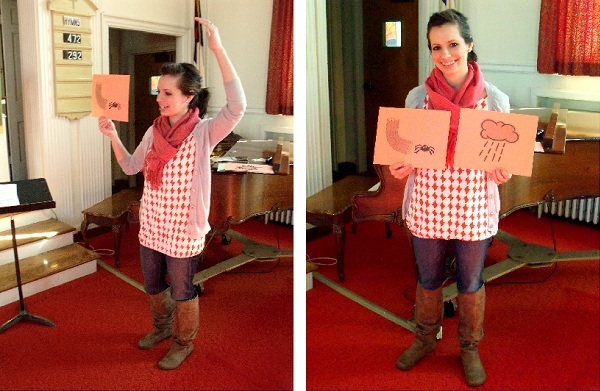Meet one of my ideal clients:
An active career woman in her late 40s, she works as an assistant in the dean’s office at a small, liberal arts college during the week and sometimes on the weekends. She is a definite people person but she enjoys escaping from it all when at home. Her husband travels frequently, leaving her several free evenings a week to read, teach herself to cook, and rearrange the living room. She considers interior design a part-time hobby and brings the several most recent issues of Elle Décor to read on her annual Hilton Head vacation. Her home is decorated with a mix of old and new items – mostly neutrals. She enjoys adding color by the season. She listens to music in the car, during dinner, and on lazy Sunday afternoons. She sings along when she thinks no one’s watching and has always wanted to learn to play the piano. She shops at Ann Taylor, Banana Republic, and J. Crew (especially when they have a good sale) and values classic pieces that she can wear from season to season. She enjoys traveling with her husband when work permits it, trying new things, and spending time with friends.
Fortunately enough for me, I have a new student this semester who is very similar to the woman in this description. She is a career woman – committed to lessons, always sharply dressed and very prompt, a great desire to learn, and so very funny! I have such a great time in her lessons each week.
Since she came to me as a beginner, we’ve been working through the first few unites of Keyboard Musician for the Adult Beginner by Frances Clark. We’ve learned about the three primary landmark notes: Middle C, Treble G, and Bass F; we’ve studied intervals up to a fifth; we’ve learned rhythms with quarter notes, half notes, dotted half notes, and whole notes; we’ve learned to identify tonal and rhythm patterns; and we’ve been working on beginning technic such as tucking the thumbs under, playing with curved fingers, keeping the wrist and arm relaxed, and transferring weight from the outside of the hand to the inside.
This week, we put the book aside.
You see, this student shared with me a few weeks ago that she loves to sing with her 5-year-old granddaughter (especially when they’re in the car). At the end of last week’s lesson, she asked if we could learn a few familiar (simple) songs that she could play and sing with her granddaughter. So sweet! I couldn’t wait for our lesson this week.
We started out with “Old McDonald” and “Farmer in the Dell” – two children’s songs that can be played solely on the black keys (great for beginning pianists). Soon, we were playing “The Itsy, Bitsy Spider,” “If You’re Happy and You Know It,” and “Twinkle, Twinkle Little Star,” (also “Baa Baa Black Sheep” and the “ABC Song”) as well. She couldn’t believe that all three of these familiar songs share the same melody! I came up with a quick shorthand method of “notating” these songs without notation so that she could reference them later. She also hopes to teach a few of these songs to her granddaughter. That just blesses my heart!
We had the best time singing, playing, and laughing through this lesson and again I was reminded – this is why I do what I do. The more I teach, the more I realize the importance of connecting with each student, communicating with them, and responding to their individual needs and goals. It’s not about moving at a certain pace. It’s not about getting through a certain unit. It’s not about playing particular repertoire. It is about making music (music was meant to be shared). It is about inspiring creativity (so that this student and her granddaughter can continue learning to play and sing new songs together). It is about instilling a love for music (because that will last a lifetime).



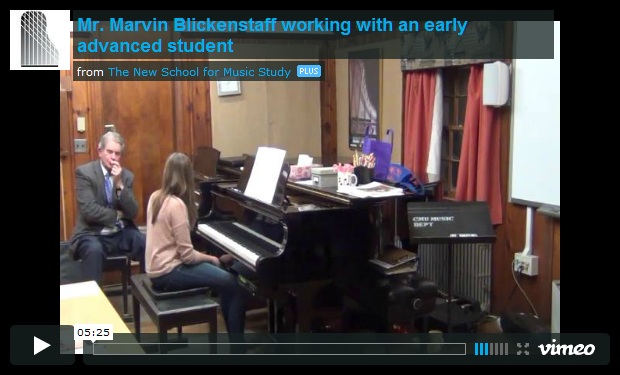
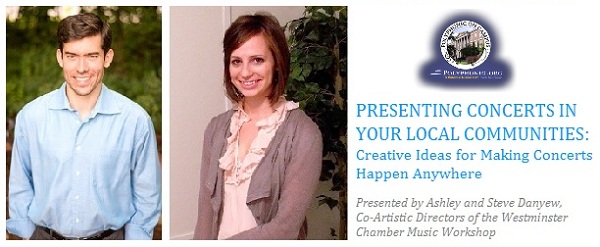 We had a great experience with our
We had a great experience with our 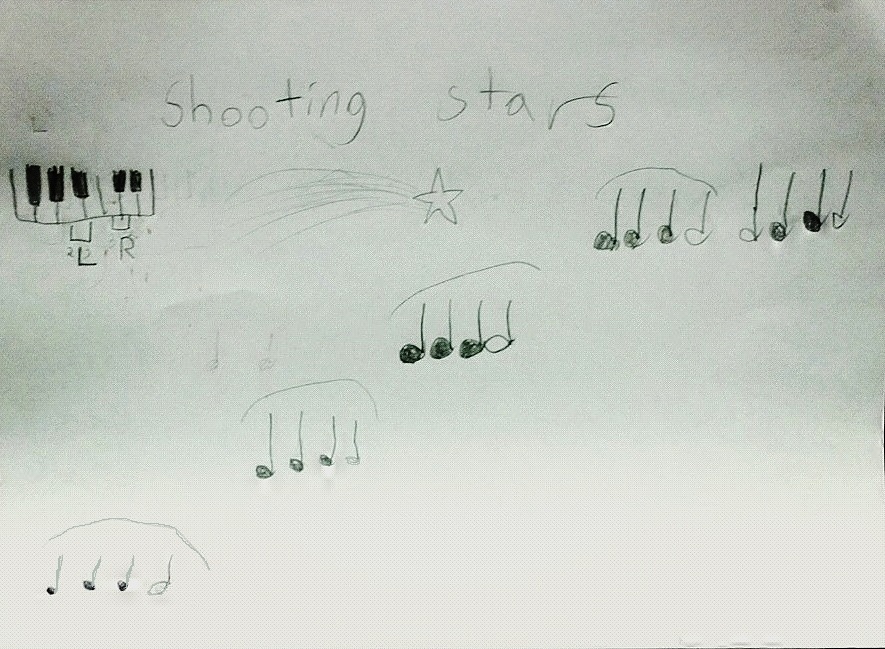 Earlier this week, I had an eight-year-old student bring this into her lesson – her first composition. At our last lesson, I asked her to try making up a few of her own songs that used some of the same musical elements she had recently learned (quarter notes, half notes, legato playing, and changing registers).
Earlier this week, I had an eight-year-old student bring this into her lesson – her first composition. At our last lesson, I asked her to try making up a few of her own songs that used some of the same musical elements she had recently learned (quarter notes, half notes, legato playing, and changing registers).


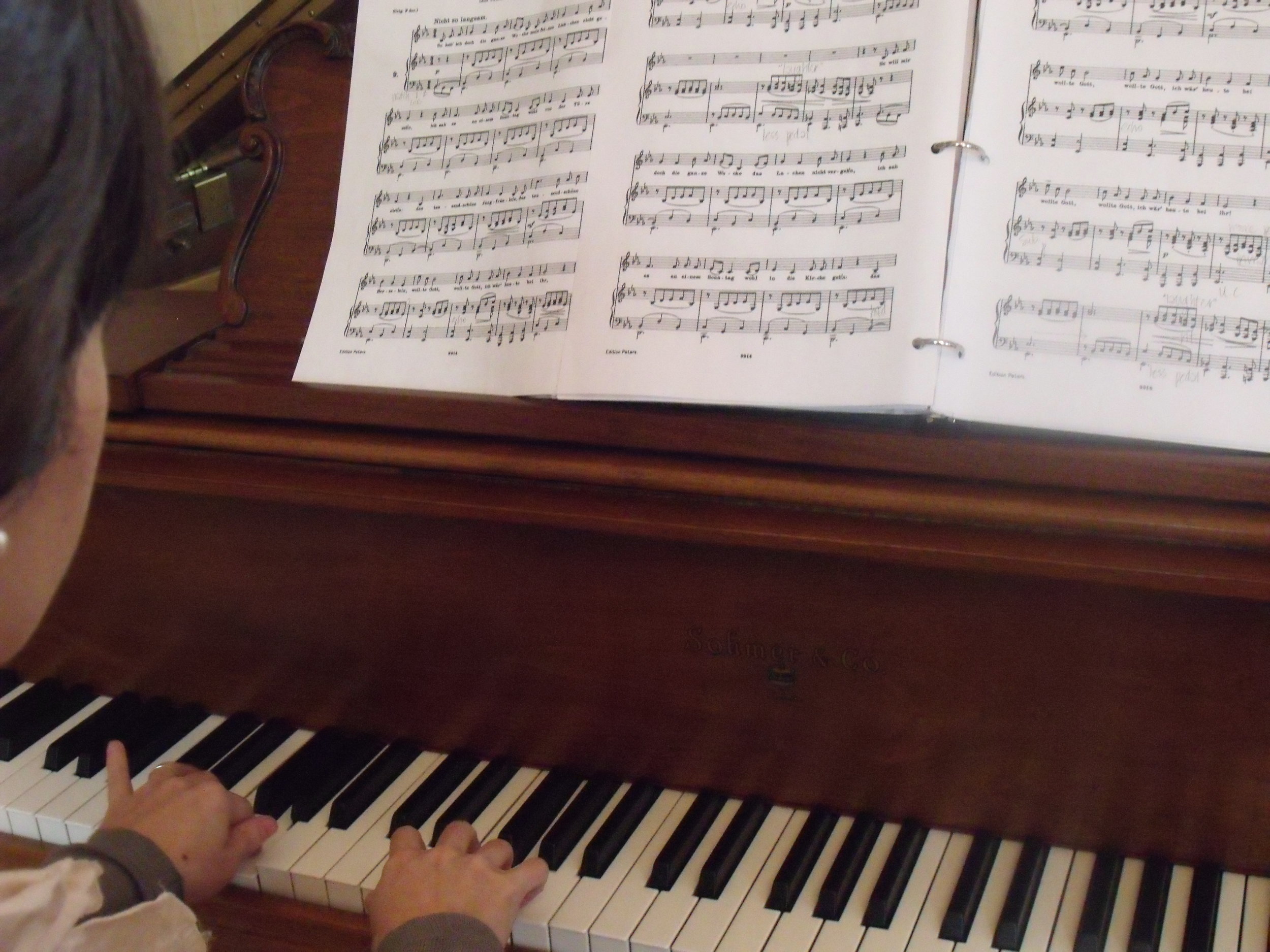 Some of you may remember my
Some of you may remember my 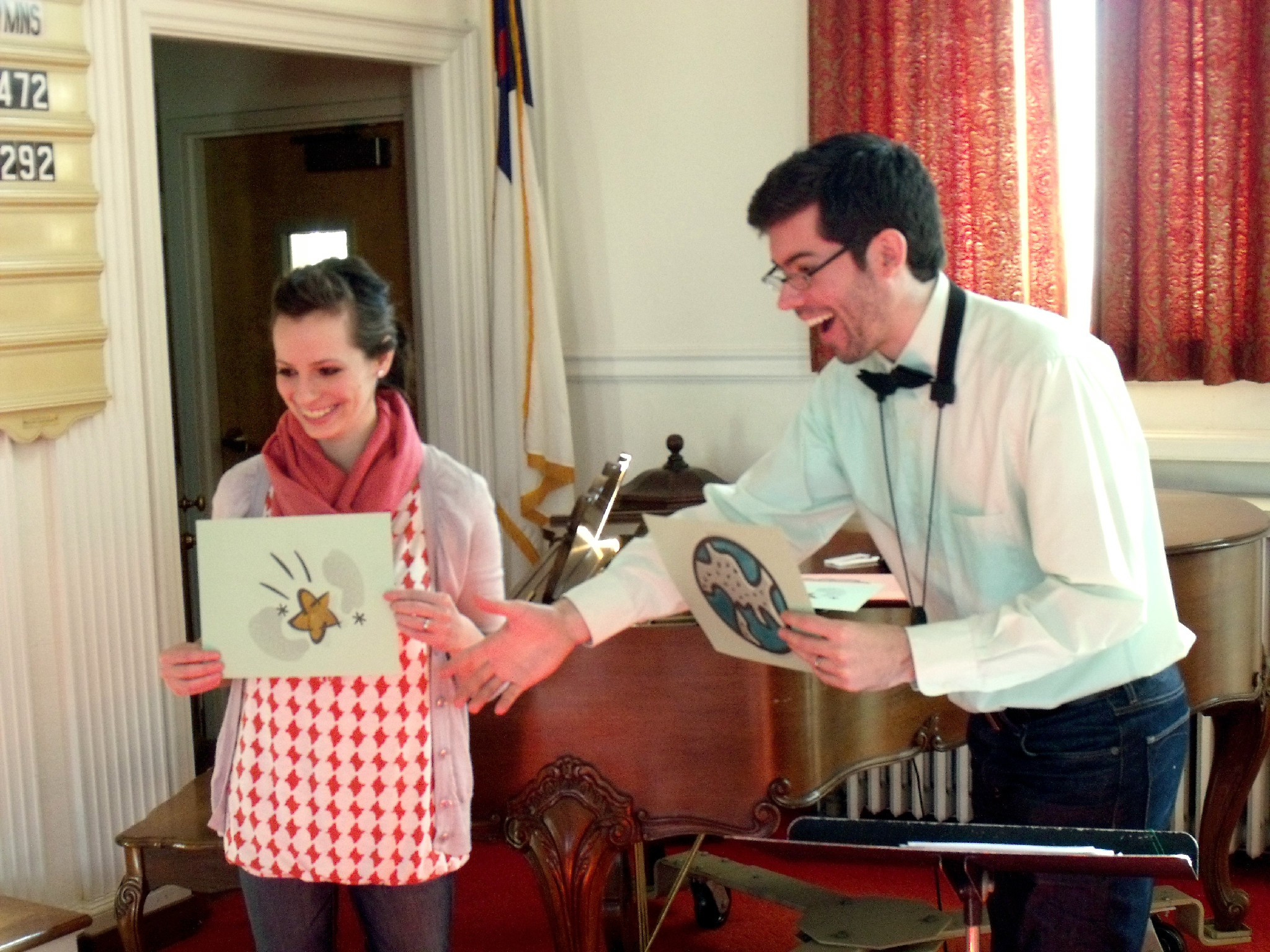 Last week, I wrote
Last week, I wrote 